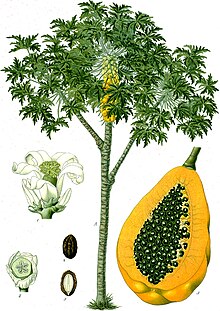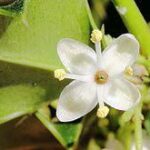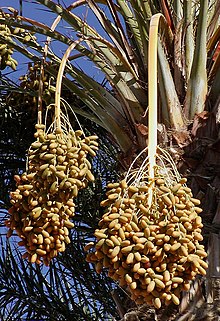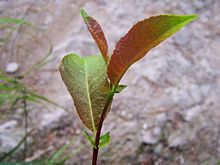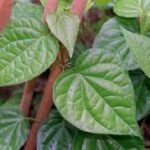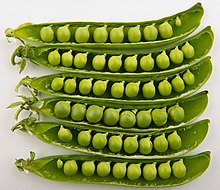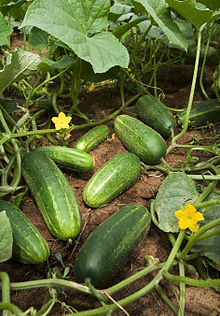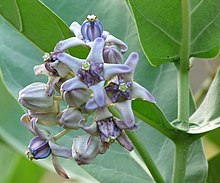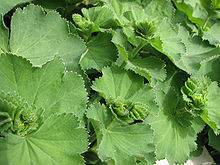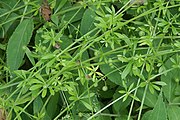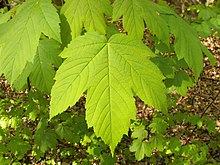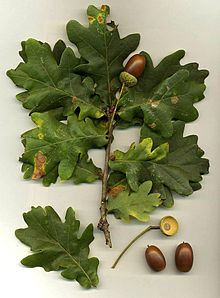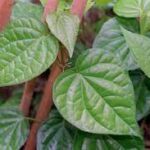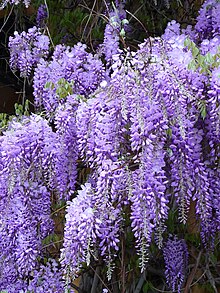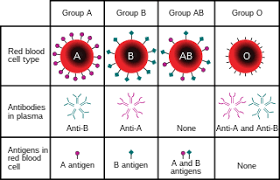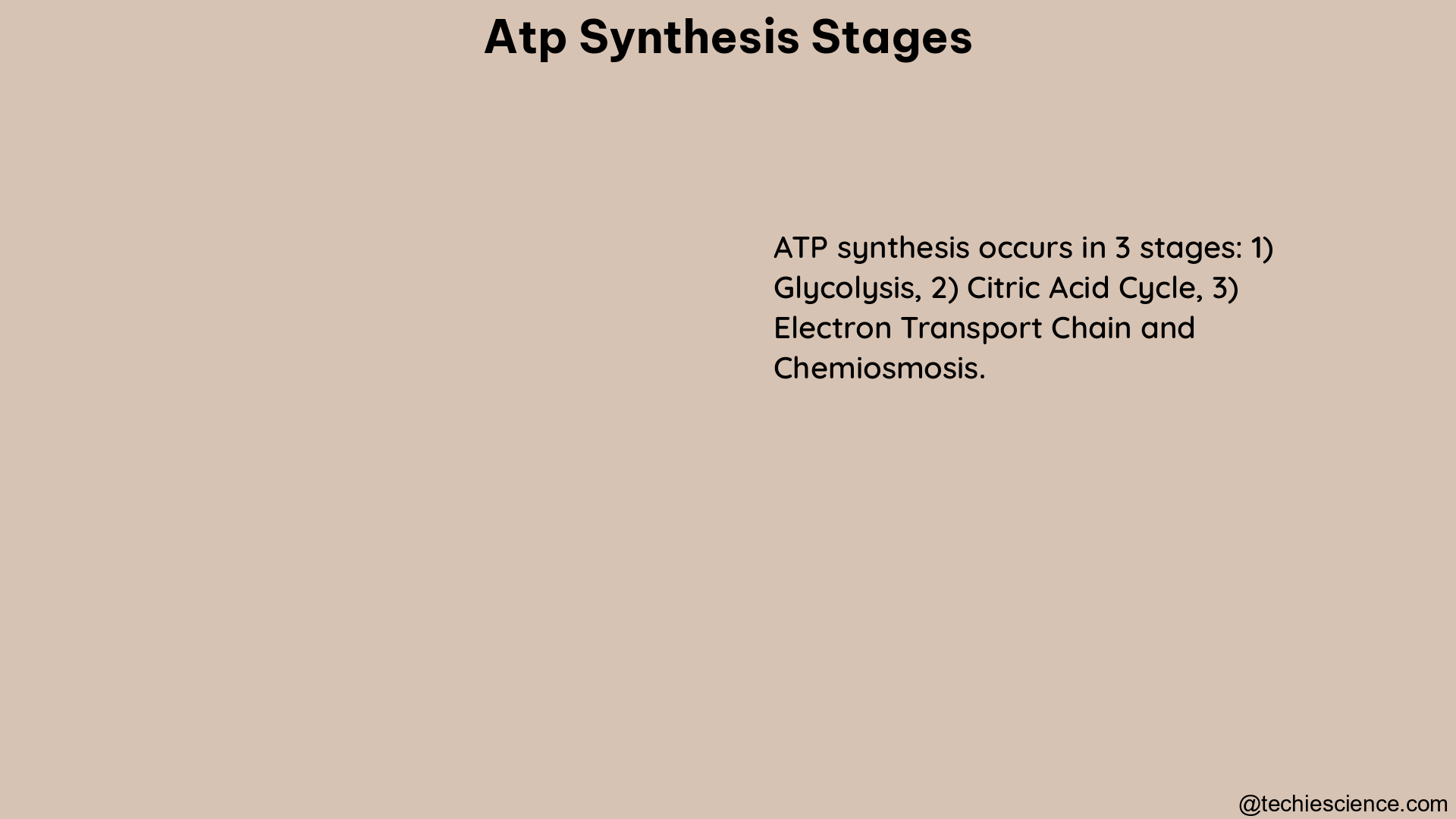Obligate aerobes are a unique group of organisms that have captivated the attention of biologists and microbiologists alike. These remarkable creatures are entirely dependent on oxygen for their growth and metabolic processes, utilizing cellular respiration as their primary means of energy production. Their genomes are remarkably versatile, encoding a diverse array of enzymes that are typically associated with anaerobic metabolism in other bacterial species.
Understanding the Genome of Obligate Aerobes
Obligate aerobes, such as the well-studied Streptomyces coelicolor, possess significantly larger and more complex genomes compared to their facultative and strictly anaerobic counterparts. Recent studies have revealed that the average genome size of obligate aerobes is approximately 5.5 million base pairs, while facultative and strictly anaerobic bacteria typically have genomes ranging from 2 to 4 million base pairs.
This genomic expansion in obligate aerobes is not merely a matter of size, but rather a reflection of their remarkable adaptability and metabolic versatility. Their genomes are packed with a diverse array of genes encoding enzymes and pathways that allow them to thrive in a wide range of environmental conditions, including those with limited or fluctuating oxygen availability.
Genome Size and Metabolic Capabilities
One of the key features that sets obligate aerobes apart is their ability to encode enzymes and pathways typically associated with anaerobic metabolism. For instance, the genome of Streptomyces coelicolor contains genes for the production of various fermentation end-products, such as lactate, acetate, and ethanol, which are commonly found in facultatively and strictly anaerobic bacteria.
This remarkable adaptability is further exemplified by the case of Mycobacterium smegmatis, an obligate aerobe that can quickly switch between fermentative hydrogen production and hydrogen oxidation, depending on the availability of electron acceptors in an oxygen-deprived environment. This previously unidentified survival mechanism highlights the remarkable versatility of obligate aerobes and their ability to thrive in challenging environmental conditions.
Quantifying the Relationship between Genome Size and Environmental Adaptability
Researchers have compiled extensive data on the traits of culturable species of bacteria and archaea, allowing them to quantify the relationship between genome size and an organism’s ability to survive in different environments. This analysis has revealed that obligate aerobes, with their larger and more versatile genomes, are better equipped to adapt to a wider range of environmental conditions compared to their facultative and strictly anaerobic counterparts.
For example, a recent study published in the journal Oikos found that obligate aerobes have, on average, a genome size of 5.5 million base pairs, while facultative and strictly anaerobic bacteria have genomes ranging from 2 to 4 million base pairs. This genomic expansion in obligate aerobes is directly correlated with their ability to thrive in a broader range of environmental niches, including those with fluctuating oxygen availability.
Survival Strategies of Obligate Aerobes
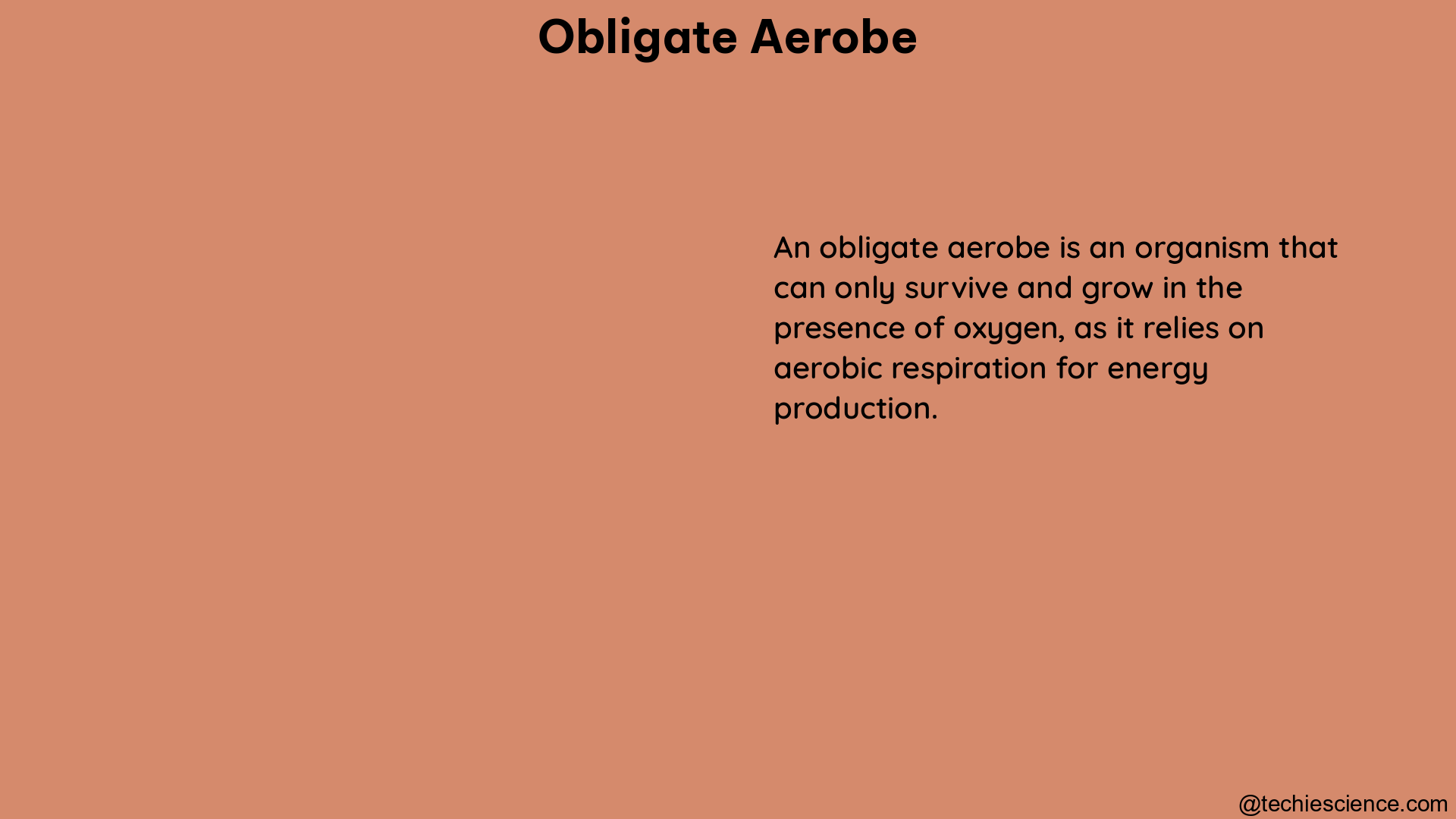
Obligate aerobes have developed a range of unique survival strategies to cope with the challenges posed by oxygen-deprived environments. These strategies not only allow them to persist in such conditions but also provide insights into the remarkable adaptability of these organisms.
Fermentative Hydrogen Production and Oxidation
As mentioned earlier, Mycobacterium smegmatis, an obligate aerobe, has the remarkable ability to switch between fermentative hydrogen production and hydrogen oxidation in response to the availability of electron acceptors in an oxygen-deprived environment. This survival mechanism is crucial for obligate aerobes to persist in temporarily oxygen-limited conditions, where they can utilize alternative electron acceptors to maintain their metabolic processes.
Anaerobic Enzyme Production
The genomes of obligate aerobes, such as Streptomyces coelicolor, encode a diverse array of enzymes that are typically associated with anaerobic metabolism in other bacterial species. This unique feature allows obligate aerobes to maintain their metabolic activities and energy production even in the absence of oxygen, enabling them to thrive in environments with fluctuating oxygen levels.
Spore Formation and Dormancy
Some obligate aerobes, like certain species of Bacillus and Clostridium, can form highly resistant spores when faced with unfavorable environmental conditions, including oxygen depletion. These spores can remain dormant for extended periods, only germinating when conditions become more favorable for growth and metabolism. This survival strategy allows obligate aerobes to persist in challenging environments and quickly resume their activities when the necessary resources become available.
Ecological Significance and Applications
Obligate aerobes play a crucial role in various ecological processes and have numerous practical applications in various fields, from bioremediation to biotechnology.
Role in Nutrient Cycling
Obligate aerobes are essential players in the cycling of nutrients, particularly in aerobic environments. They play a vital role in the decomposition of organic matter, breaking down complex compounds and releasing essential nutrients back into the ecosystem. This process is crucial for maintaining the balance and productivity of terrestrial and aquatic ecosystems.
Bioremediation and Environmental Applications
The unique metabolic capabilities of obligate aerobes have made them valuable in bioremediation efforts. Many obligate aerobes are capable of degrading a wide range of organic pollutants, including petroleum hydrocarbons, pesticides, and industrial solvents. By utilizing these compounds as carbon and energy sources, obligate aerobes can effectively remove them from contaminated environments, making them valuable tools in environmental cleanup and restoration efforts.
Biotechnological Applications
The versatility and adaptability of obligate aerobes have also led to their use in various biotechnological applications. For instance, Streptomyces species, which are obligate aerobes, are renowned for their ability to produce a wide range of medically and industrially important secondary metabolites, such as antibiotics, antifungals, and immunosuppressants. These organisms have become invaluable resources in the pharmaceutical and biotechnology industries.
Furthermore, the ability of obligate aerobes to thrive in oxygen-limited environments has led to their use in the production of biofuels, such as biohydrogen and bioethanol, through fermentative processes. This application highlights the versatility and potential of these remarkable organisms in the field of renewable energy production.
Conclusion
Obligate aerobes are a fascinating group of organisms that have captured the attention of biologists and microbiologists worldwide. Their unique genomic features, metabolic adaptability, and survival strategies make them remarkable examples of the diversity and resilience of life on our planet. From their crucial roles in nutrient cycling and bioremediation to their applications in biotechnology and renewable energy production, obligate aerobes continue to inspire and challenge our understanding of the microbial world.
As we delve deeper into the study of these remarkable organisms, we can expect to uncover even more insights into their biology, ecology, and potential applications, further expanding our knowledge and appreciation of the remarkable diversity of life on Earth.
References:
- Obligate Aerobe – Wikipedia
- Obligate Aerobe – ScienceDirect
- Genome Size and the Diversification of Land Plants
- Genome Size and Environmental Adaptability in Bacteria and Archaea
- Bioremediation of Petroleum Hydrocarbons by Obligate Aerobic Bacteria
- Biotechnological Applications of Streptomyces Species

